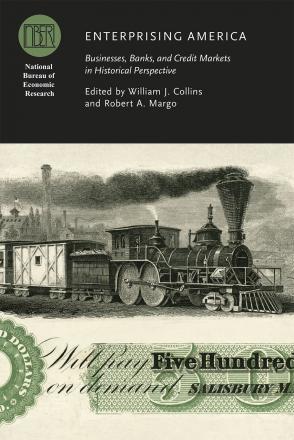The Evolution of Bank Boards of Directors in New York, 1840–1950

Contemporary bank governance is criticized for manager-dominated (insider) boards of directors; but this was also a characteristic of early nineteenth century banks, where the roles of president and chairman of the board were typically combined. However, these boards were constrained by rules that tended to better align the interests of management, shareholders and other stakeholders. Focusing on New York State, which preserved a wealth of archival materials, we collected balance sheets, articles of association, and certificates of incorporation for state-chartered banks. Coupled with published information, these sources yielded a panel of data for 1840-1950, covering the Free Banking, National Banking, Early Federal Reserve and New Deal regimes. We document the evolution of New York banking law and two phenomena. First, we find a steady decline in the size of boards over time, from 12 to 13 in the 1860s to half that number by the mid-twentieth century that may reflect streamlined internal governance. Secondly, our analysis reveals that, in the beginning, board members were the dominant owners, accounting for over half the shares on average; but, as banks grew in size, this declined. Yet, these individuals still had holdings large enough to strongly influence governance.


